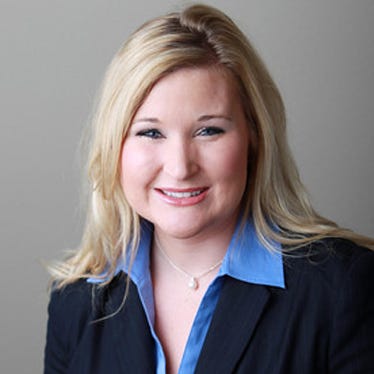August 17, 2022

In this two-part series, we will discuss retirement issues and options.
This month we’ll focus on savings and planning options. You may be asking yourself, “Wait a minute —retire? I’m not ready to stop being involved in our operation.” The good news is, “retirement” is a process that looks different for every single farm family. Whatever you want to call it — whether it’s slowing down, taking a step back or watching the next generation assume responsibility for the farming operation while continuing to help out — building a customized retirement plan is a key component of your overall succession plan. There are a multitude of reasons why you shouldn’t ignore this part of your plan. Perhaps the most important reason is to preserve ownership of land and other assets. Retirement savings, insurance or other investments can also be used in combination to equalize assets between your heirs and provide for liquidity in retirement to do some of the things you put off in younger years.
Start early and plan often
Some families may assume they will be able to live comfortably in later years on a combination of social security and cash rental income. In this case, don’t put all your eggs in one basket. We all know that the economy, farm or national, has its ups and downs, and that there are no guarantees. The best approach is to start planning as early as possible if you can. Talk with your insurance agent, financial adviser and tax professional on an annual basis to discuss the options. There are many attractive tax advantages linked to saving for retirement including deferring tax on income — something that farm families will want to take advantage of, especially in higher-income years. There are also many different vehicles to save for retirement, such as Roth or traditional IRAs, Simplified Employee Pensions (SEPs), 401(k)’s or Defined Benefit Plans. Also, don’t forget the advantages of contributing to an annuity or insurance policy. You might feel overwhelmed by the options. My advice: Educate yourself, rely on your team of experts and develop a flexible plan.
Develop a strategy and stay up to date on changes
I recently attended a conference, where I listened to professor Wade Pfau, a retirement planning expert and educator at the American College of Financial Services. He wrote “Retirement Planning Guidebook: Navigating the Important Decisions for Retirement Success,” that includes new research on investment strategies and new data on people’s risk tolerance in retirement planning. This has evolved over the years. His research reaffirmed the need for families to assess their own risk tolerance and personal needs in retirement.
Recent legal and legislative developments have added a layer of complexity to the planning process. Perhaps you have heard of the SECURE Act (Setting Every Community Up for Retirement Enhancement), enacted by Congress and the president on Jan. 1, in response to fears over Social Security funding and the fact that many Americans have not contributed enough to retirement plans to secure their retirement or even maintain their existing standard of living. The bill included many changes to the rules governing IRAs and other retirement plans. For instance, the SECURE Act pushed back the age at which retirement plan participants need to take required minimum distributions (RMDs), from age 70½ to age 72; it allows owners of traditional IRAs to keep making contributions indefinitely; and mandates that most non-spouses inheriting IRAs take distributions that end up emptying the account within 10 years. The point here is to develop a tax-efficient and flexible plan, and review that plan often. These rules are complex, and your goals and expectations are sure to change throughout retirement.
What about long-term care?
One of the questions I am asked most often in the farm succession planning process is how to protect the farm in the case a family has extensive long-term care needs later in life. Of course, the best-case scenario is to save for these costs and invest in some form of long-term care insurance or insurance rider attached to an insurance policy. Traditional long-term care insurance policies are harder to come by — and more expensive than ever. So, what are the options? Many companies have alternatives to long-term care insurance, such as death benefit or chronic illness riders that can provide some liquidity during life under certain circumstances. The most important thing you can do is investigate those options and read and understand the policy you are obtaining. Ask your agent or adviser questions; that is what they are there for.
What if circumstances delayed our plan to invest, and land is our biggest asset? We all know that the farm economy can be up and down, and circumstances out of our control can change the financial picture. The worst-case scenario is you run out of liquid assets in retirement. We’ll talk about options for that situation in next month’s column, including what is a Medicaid spend-down, rules relating to gifting assets, and the best approaches in the situation where you are behind in retirement savings. The main goal is the keep the farm in the family, and have the ability to get the right level of care to fit your needs.
Herbold-Swalwell is with Parker & Geadelmann PLLC. Email her at [email protected].
About the Author(s)
You May Also Like






